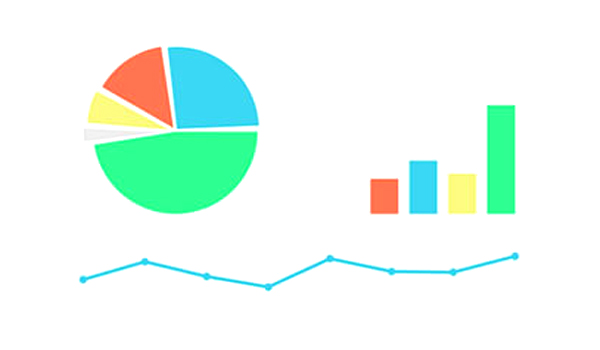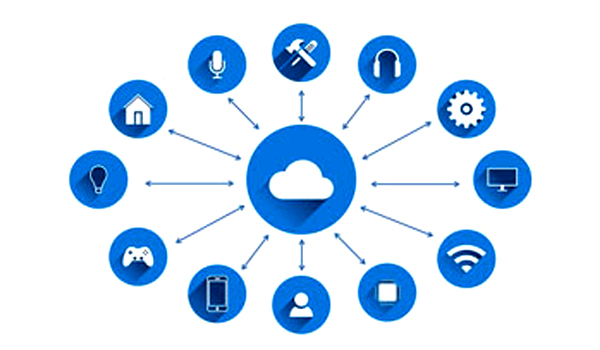API
API or an application programming interface acts as a connecting point between disparate software that allows applications to exchange information between them.
Updated: January 7, 2024

APIs, or application programming interfaces, act as connectors between different software, enabling them to exchange information. Developers can integrate external functionalities into their applications using APIs, avoiding the need to build communication solutions from scratch.
Through a comprehensive documentation, APIs establish a mutual understanding between the host and requester, ensuring the secure exchange of information. Public APIs, Partner APIs, and Private APIs are the three main types, chosen based on specific use cases or company needs.
Utilizing APIs offers benefits such as reduced workload, smoother internal operations, product innovation, improved user experiences, and focused marketing. However, it's essential to be aware of potential security risks and the impact of overreliance when using APIs.
Imagine an API (Application Programming Interface) like a helpful messenger between two computer programs. Here's how it works:
Request and Response:
Think of it as asking for something. You say what you want, and the API makes sure you get a proper answer. Just like telling someone what you'd like. With APIs, you decide what information you need from another program, ask for it, and wait for a response.
Processing the Request:
Picture someone behind the scenes doing the work. The API figures out what you're asking, the other program gets what you need, and the API gets everything ready to show you.
Receiving a Response:
It's like getting what you asked for. The API sends back the information you wanted, and your computer program uses it to do whatever it needs to do.
So, an API is like a helpful messenger making sure different computer programs can understand each other and share information smoothly.



